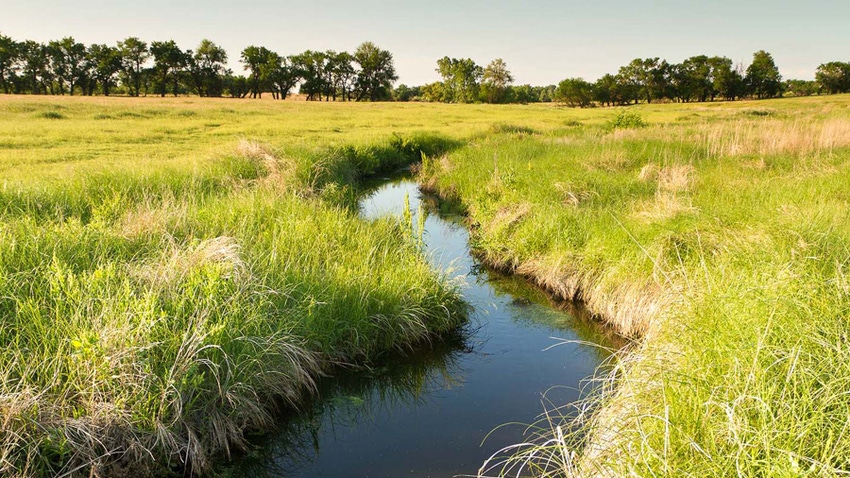
In my January blog I told you I would try to explain what the government means when it refers to a ditch in the new WOTUS (Waters of the United States) rules. That is probably where landowners will have the most difficulty.
The new WOTUS regulation goes into effect today – Monday, March 20, 2023. Determining what is a ditch will be a great problem for all of you. It is a major revision of WOTUS. I suggest you or your lawyer read the Federal Register of January 18, 2023, because it is the final rule. In it you will find the Table of Contents. The Federal Register notice I am reviewing starts on page 3,004. It is 141 pages as I have said before, and this week I will discuss “Tributaries.”
‘Significant nexus’?
On page 3,088, you first must determine whether a tributary meets the ”significant nexus” standard. “In evaluating tributaries, under the significant nexus standard, the agencies will determine whether the tributaries, either alone or in combination with similarly situated waters in the region, significantly affect the chemical, physical, or biological integrity of paragraph (a)(1) waters.”
The farmer and rancher have no chance under the new EPA rule. This is also why many farm organizations have taken EPA to court.
Let me give you another example of crazy bureaucracy. The agencies will consider tributaries and their adjacent wetlands to be similarly situated waters. The agencies consider similarly situated waters to be in the region when they lie within the catchment area of the tributary of interest. You may be out of luck if you have a tributary in or on your property. If you have a ditch on your property and if it is excavated including a roadside ditch and drains only dry land and does not carry a relatively permanent flow of water, it is excluded from WOTUS. Also, If you have artificially irrigated areas that would revert to dry land if the irrigation ceased, your land is excluded from WOTUS.
On a positive note
One good issue the agencies have listened to farmers and ranchers about is artificial lakes and ponds. If you create an artificial lake or pond on dry land for such purposes as watering stock or irrigating then you are excluded. Notice you must build your pond or lake on dry land. EPA and the Corps of Engineers have no jurisdiction over dry land, so make sure that your water-filled depressions are always created on what we would consider dry land.
Also, if you have a swale(s) on your properties or a gully it may be characterized by infrequent flow then you are excluded from WOTUS. Again, I assume this has to be on dry land where EPA and the Corps have no jurisdiction anyway.
I suggest you or your lawyers always read the exclusions from WOTUS, which are on page 3,103 of the January 18 final rule. Your ditches, including roadside ditches that drain only dry land and do not carry a relatively permanent flow of water, are excluded.
When you have a fight with EPA you will want to make sure all your activities are in upland and/or drylands to be safe. If your ditch is in a wetland, you are in trouble. The ditch always has to be excavated on dry land to escape EPA and the Corps’ clutches.
One other item I would draw your attention to is the “ordinary high water mark”. Most ditches do not have an ordinary high water mark. I would suggest you always look for an ordinary high water mark before you determine whether or not you have a ditch.
As you can see, this is a very complicated regulation which is intentional, as far as I am concerned. Ditches and tributaries will continue to be a problem for farmers and ranchers.
The opinions of the author are not necessarily those of Farm Futures or Farm Progress.
About the Author(s)
You May Also Like




